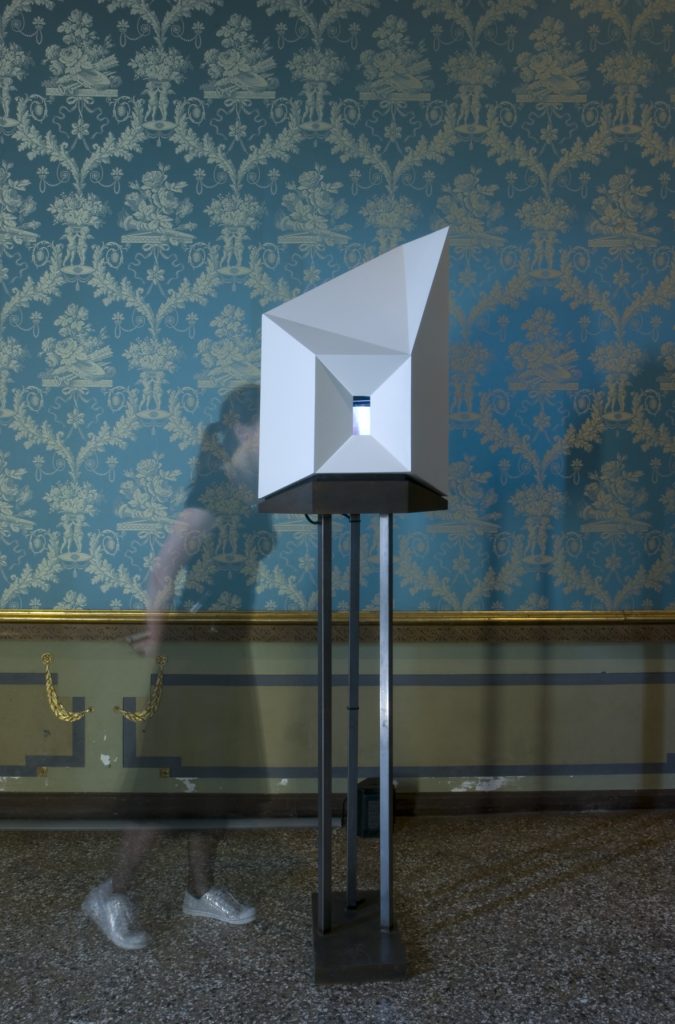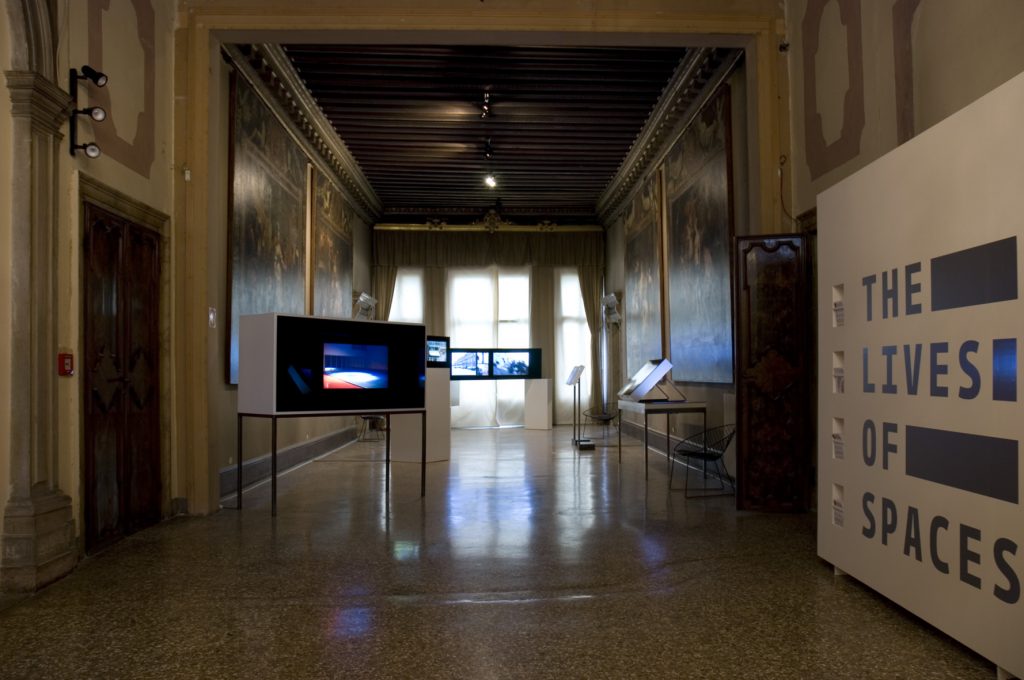The story of a space can be traced through its emergent life in design, its life in construction, its life in use and reuse, its life in individual and collective memory and its life within a culture. For each of the nine spaces explored in this exhibition, life is at a different stage. Some are still in various stages of design and construction, some are only beginning to be inhabited, while others have already accumulated long histories of occupation and, in one case, are about to fall finally out of use.
Participants included: Hassett-Ducatez, Simon Walker & Patrick Lynch, McCullough-Mulvin, Gerry Cahill Architects, Grafton Architects, dePaor architects, TAKA, O’Donnell + Tuomey and Dara McGrath.
This exhibition proceeds from the modest proposition that the designed spaces which architects produce play a crucial role in supporting, shaping and framing our lives. The spaces chosen for inclusion are not precious, pristine places, removed from the ordinary business of life – they are right in the thick of it, providing accommodation for living, for working, for creative production, for institutional support, for education, for leisure, for collective action.
The exhibition seeks to communicate the specifics of spatial experience, focusing on how it feels to be in a space and on what effect that experience might have. In an attempt to get beyond the common abstract, distancing effect of traditional architectural displays of drawings and models, film is used as the primary medium. Film offers a vivid immediacy, a readily accessible language, and the capacity to incorporate time into the depiction of space. The exhibition consists of a series of filmic representations displayed in specially-designed armatures. Most display film on single or multiple LCD screens; some break film down into its constituent elements of sound, light and time.
Taken individually, each display has something of the condensed power of a short story. As with the best short stories, it is through the intense focus on the particular qualities of a particular space at a particular time, that much larger social and cultural themes are illuminated. Thus, taken cumulatively, what emerges is nothing less than a spatial portrait of Irish society. At the same time, the ideas and issues emerging from the exhibition have a more universal relevance and potency. The Lives of Spaces makes evident architecture’s great central responsibility – the shaping of the spaces that in turn shape society – and its continued potency and vitality in fulfilling this role. In response to the current architectural culture, it offers what Anthony Vidler, in his introduction to the work, calls the ‘recuperation without nostalgia of a modernity of experience.’ And in relation to the Biennale theme – Architecture Beyond Building – it asserts that architecture will always extend beyond building in its matchless capacity to embody, to embrace and to engender life.
The Lives of Spaces was curated by Nathalie Weadick, Director of Irish Architecture Foundation and Hugh Campbell, Head of Architecture UCD.
In accompaniment to the Irish exhibition at the Venice Biennale, a book entitled The Lives of Spaces was published.

Photo by Alice Clancy

Photo by Alice Clancy

Photo by Alice Clancy

Photo by Alice Clancy

Photo by Alice Clancy

Photo by Alice Clancy